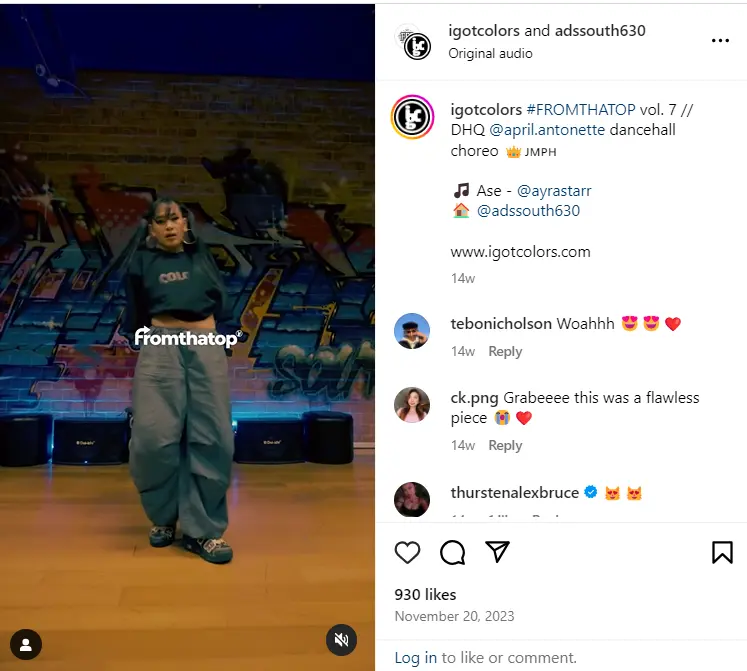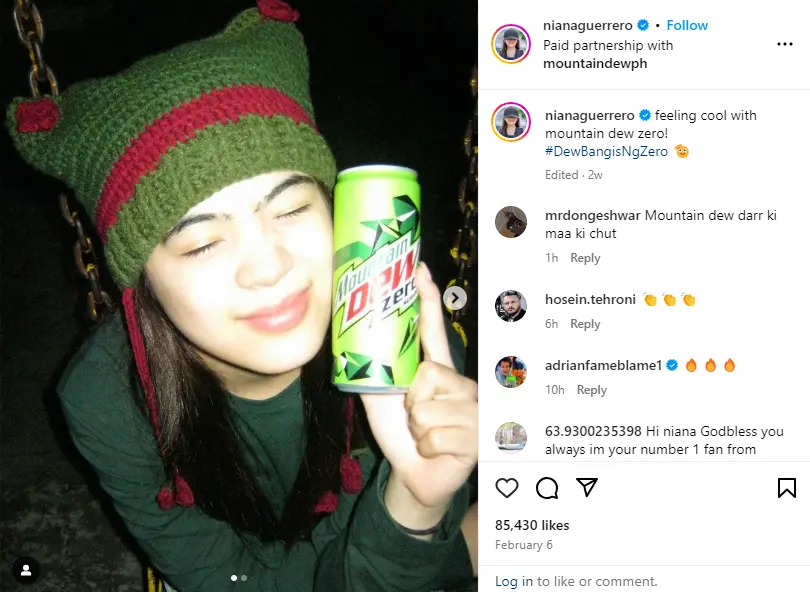Explore the unique benefits of understanding the types of influencers: nanoinfluencers, microinfluencers, and macroinfluencers in driving brand authenticity, engagement, and reach. Read on to uncover the best fit for your marketing goals in this guide to influencer tiers.
In case you haven’t heard, there’s more than just plain influencers now. A new classification system has emerged, segmenting influencers into nanoinfluencers, microinfluencers, and macroinfluencers based on their follower counts and the scope of their influence.
You might ask yourself – what’s the point? Well, this distinction is crucial for brands and marketers to understand, as it determines a few things: the nature of the collaboration, the potential reach, and the level of engagement they can expect.
Basically, each type of influencer brings their own unique advantages and challenges to the table, making it essential to delve into what sets them apart. Let’s get into it.
What are the types of influencers?
Understanding the different types of influencers is key to navigating this complex landscape. Let’s break down three primary categories: nanoinfluencers, microinfluencers, and macroinfluencers.
1. Nanoinfluencers
The grassroots of influencer marketing, nanoinfluencers typically have a follower count ranging from 1,000 to 10,000. They’re everyday people who’ve gained a following through their niche interests, authenticity, and close-knit community feel.
Because of this, nanoinfluencers tend to have higher engagement rates through their personal connections with their audience. Their recommendations are viewed more like advice from a friend rather than a celebrity endorsement, giving them a unique kind of influencer power.
If you’re looking to genuinely connect with your audience or branch out in a highly targeted niche, then nanoinfluencers are for you.
2. Microinfluencers
Stepping up the ladder, microinfluencers boast a follower base in the tens of thousands. They strike a balance between having a sizable audience and maintaining personal engagement.
Microinfluencers are often regarded as experts in their specific niches. Whether it’s tech, gaming, or lifestyle, they’re sought after for their ability to influence consumer behavior within these focused areas.
They offer brands a blend of relatability and reach, making them highly valuable for targeted campaigns. If you’re looking for an approach that’s the perfect blend between engagement and reach, then microinfluencers are for you.

One example of a microinfluencer is April Antonette. Her niche is related to dance, music, and fitness, making her a perfect candidate for brands looking to reach people in that audience.
3. Macroinfluencers
When you think of “influencers,” they may be the first to come to mind. These influencers have followers in the hundreds of thousands to millions.
In some cases, they can even be celebrities or well-known personalities who have a wide-reaching influence. While they offer vast exposure, their engagement rates are generally lower, and their endorsements can be less personal than those of nanoinfluencers or microinfluencers.
Still, their large followings can be a great way to get a message out to many people at the same time. If your aim is to spread awareness, launch a big campaign, or even enter a new market – then macroinfluencers are a great pick. They should be your go-to for whenever visibility is crucial.

For instance, take Niana Guerrero. She’s one of the biggest influencers in the Philippines right now, and brands reach out to her to get to a wider audience.
ALSO READ: The Power of Filipino Influencers: A Look Into the How’s and Why’s of Their Influence
Understanding these categories helps in appreciating the unique value nanoinfluencers, microinfluencers, and macroinfluencers bring to the table.
The former two offer a more intimate and authentic form of influence, which is becoming increasingly important in a market that values genuine connections.
Meanwhile, macroinfluencers are staying strong as the faces of influencer marketing – the type of people you can rely on to connect you to big audiences.
Whatever you might need, there’s an influencer out there. So get out, connect, and find the one that’s right for you.
To find the Key Opinion Leader (KOL) that perfectly aligns with your brand’s values and goals, it’s crucial to partner with a reputable influencer management agency. M2.0 Communications has built an extensive network of social media contacts to support our partners with their influencer marketing strategies.
Read about our influencer campaign success stories:



